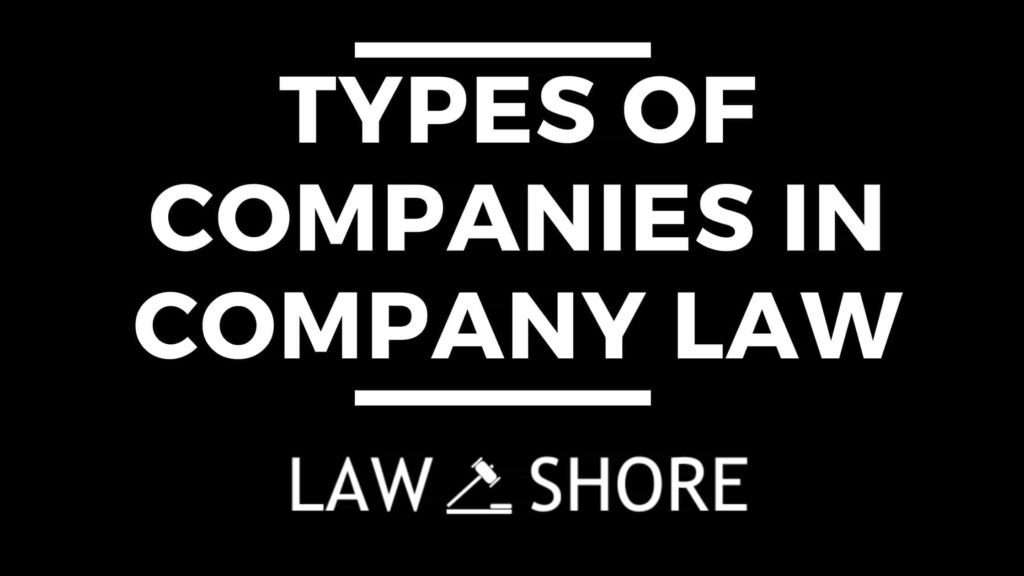Introduction
Table of Contents
ToggleIn the context of corporate law in India, companies are primarily categorized as either Private Companies or Public Companies. These categories determine the company’s governance structure, regulatory requirements, and the scope of its business operations. The legal framework that governs these companies is primarily based on the Companies Act, 2013. Understanding the difference between private and public companies is crucial for entrepreneurs, investors, and legal professionals alike.
This article aims to provide a comprehensive comparison between private compay and public company in India, highlighting key features, differences, case laws, and relevant illustrations.
Key Features of Private Companies
- Number of Members: A private company must have a minimum of 2 members and a maximum of 200 members. Section 2(68), Companies Act, 2013: A private company cannot have more than 200 members excluding employees and former employees.
- Ownership: Shares of a private company cannot be publicly traded or transferred without the consent of other members. This is to ensure control remains within a limited group of individuals or entities.
- Annual General Meetings: Private companies are required to hold annual general meetings (AGM) as per Section 96 of the Companies Act, 2013.
- Restrictions on Share Transfer: The Articles of Association (AoA) of a private company usually contain restrictions on the transfer of shares. Transfer requires approval from the other shareholders or board members.
- Regulatory Oversight: While private companies are still regulated by the Ministry of Corporate Affairs (MCA), they face lesser regulatory scrutiny compared to public companies.
Key Features of Public Companies
- Number of Members: A public company must have at least 7 members with no maximum limit.
- Ownership and Share Transfer: A public company can issue shares to the general public, allowing for greater ownership dispersion. Share transfer is unrestricted.
- Minimum Paid-up Capital: A public company is required to have a minimum paid-up capital of ₹5 lakh or more as per Section 2(71) of the Companies Act, 2013.
- Share Subscription: Public companies can issue shares to the public through Initial Public Offerings (IPO) or Follow-on Public Offers (FPO). They can also raise funds from the public through bonds and other financial instruments.
- Regulation by SEBI: If a public company is listed on a stock exchange, it is also regulated by the Securities and Exchange Board of India (SEBI). SEBI ensures that the company complies with all disclosure and investor protection norms.
Key Differences Between Private and Public Company in Table Form
Aspect | Private Company | Public Company |
|---|---|---|
Definition | A private company is a company which: – Has a minimum of 2 members and a maximum of 200 members. – Does not invite the public to subscribe to its shares. | A public company is a company which: – Has a minimum of 7 members and no upper limit. – Can invite the public to subscribe to its shares. |
Share Transferability | Transfer of shares is restricted. | Shares are freely transferable. |
Minimum Capital | No specific minimum capital requirement. | Must have a minimum paid-up capital of ₹5 lakh or more. |
Number of Directors | 2 to 15 directors. | 3 to 15 directors. |
Financial Disclosure | Lesser disclosure requirements. | Higher disclosure and regulatory requirements. |
Regulatory Authorities | Governed by the Ministry of Corporate Affairs (MCA) and SEBI (if listed). | Governed by MCA and SEBI (for listed companies). |
Ownership | Owned by a small group of investors (family, close associates). | Owned by public shareholders. |
Annual General Meeting (AGM) | Must hold AGM each year. | Must hold AGM every year as per legal requirements. |
Public Issue of Shares | Cannot offer shares to the public. | Can issue shares to the public through IPOs or FPOs. |
Restriction on Borrowings | No restrictions on borrowings but limited by financial position. | Can raise large amounts through public offers and borrowings. |
Minimum Number of Members | 2 members. | 7 members. |
Liability | Limited to the extent of shareholding. | Limited to the extent of shareholding. |
Compliance Requirements | Fewer compliance norms, subject to exemptions. | Higher compliance norms due to public accountability. |
Listing | Cannot be listed on a stock exchange. | Can be listed on stock exchanges. |
Legal Provisions and Case Laws
Case Law 1: Shanbhag v. Maharashtra Sadan (2018) (NCLAT)
This case reaffirmed the legal position that private companies are governed by stricter regulations concerning share transfers. In this case, the National Company Law Appellate Tribunal (NCLAT) held that a shareholder in a private company cannot transfer shares without the approval of the company’s board of directors or the other shareholders.
Case Law 2: Bangalore Turf Club Ltd v. Union of India (2010) (Supreme Court)
The Supreme Court in this case dealt with the distinction between a private and public company in the context of the Companies Act, holding that a private company cannot offer shares to the public, and any violation of this provision could lead to severe penalties.
Case Law 3: SEBI v. Sahara India Real Estate Corporation Ltd (2012) (Supreme Court)
In this landmark judgment, the Supreme Court dealt with the illegal public issuance of securities by a company, highlighting the stringent regulatory framework that public companies must adhere to when issuing securities.
Illustrations
Private Company Illustration:
- XYZ Pvt. Ltd. is a family-owned business with 5 members. The company is engaged in providing consultancy services and does not intend to go public. The shares are not offered to the public, and the family controls the company through its board and shareholding structure.
Public Company Illustration:
- ABC Limited, a technology company, decides to raise funds through an Initial Public Offering (IPO). The company has 10,000 shareholders, and its shares are listed on the Bombay Stock Exchange (BSE). As a public company, ABC Ltd. must comply with strict disclosure requirements, corporate governance norms, and regulatory scrutiny from SEBI.
Conclusion
The distinction between private and public companies in India is clear in terms of regulatory compliance, ownership, share transferability, and capital raising abilities. While private companies offer more flexibility and fewer compliance obligations, public companies are subject to extensive regulatory controls due to their access to public capital and broader ownership base.
Private companies tend to be more suitable for smaller businesses or closely held enterprises, while public companies are more apt for large organizations seeking substantial capital from the public. Understanding these differences is crucial for businesses, investors, and legal professionals to navigate India’s corporate law landscape effectively.
Also Check out: Types of Companies
Explore Law Shore: law notes today and take the first step toward mastering the fundamentals of law with ease.

After Completing my LLB hons, I started writing content about legal concepts and case laws while practicing. I finally started Law Shore in 2024 with an aim to help other students and lawyers.



